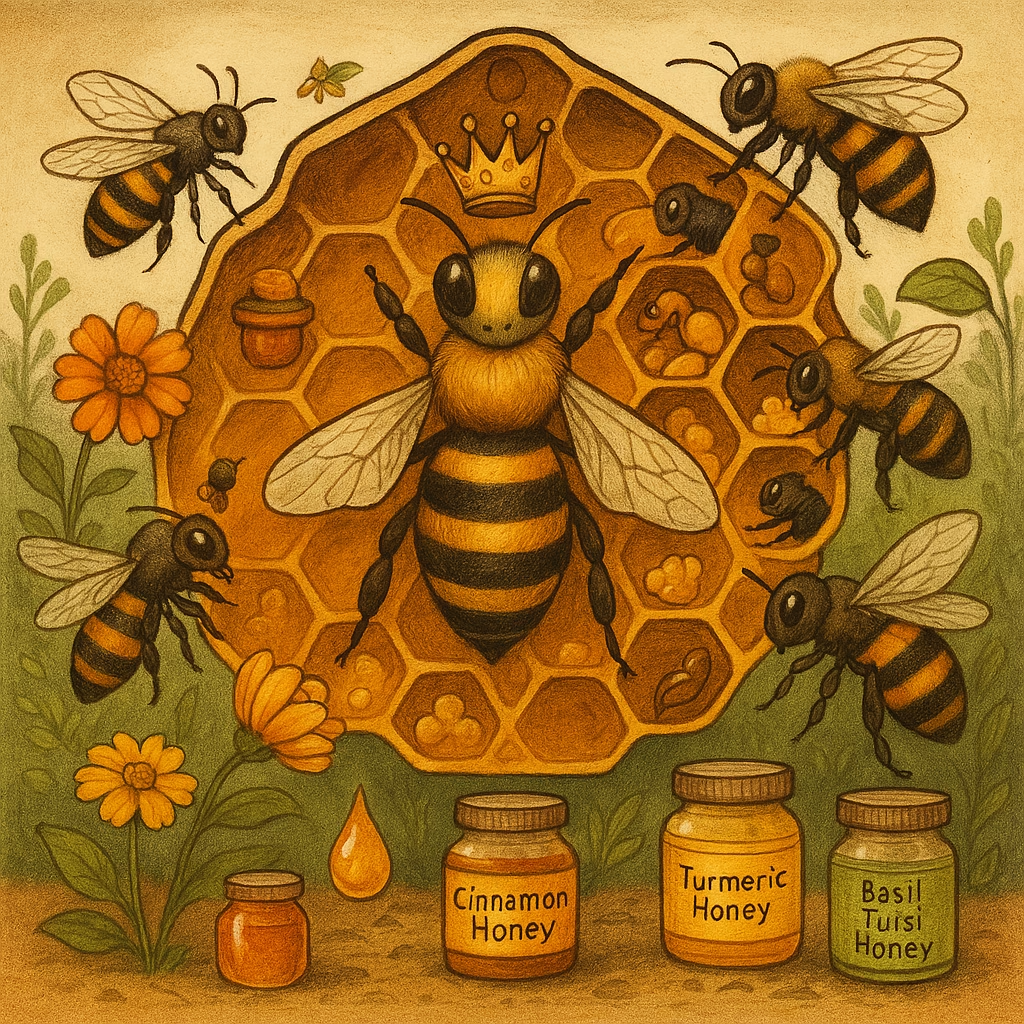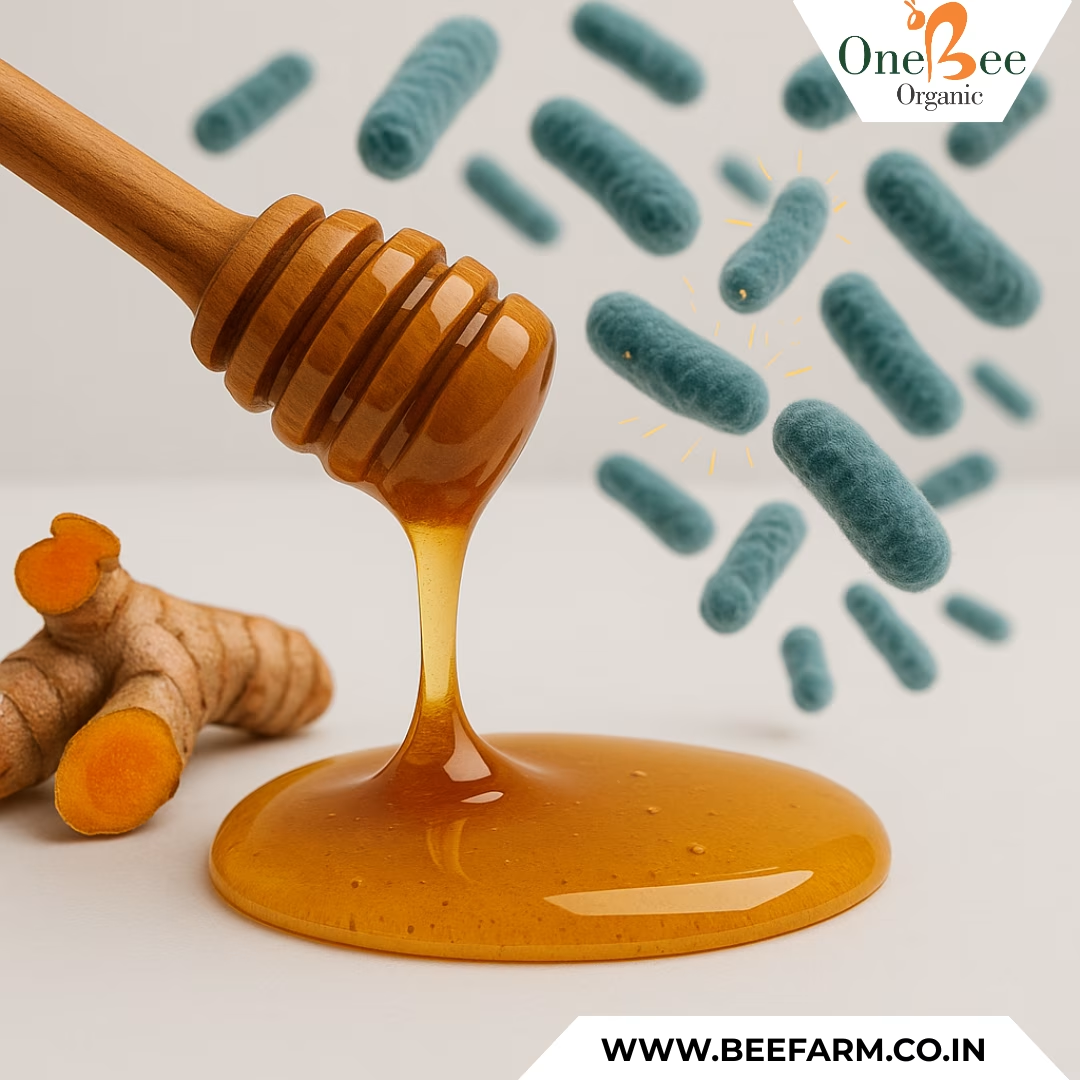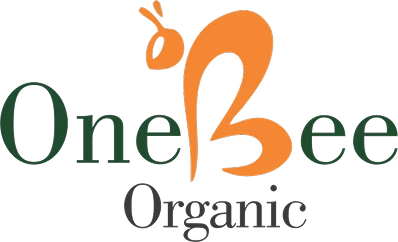Different Types of Bees and Their Roles in the Hive
When we think of bees, most of us imagine a buzzing yellow-and-black insect flying from flower to flower. But did you know that not all bees are the same, and each one plays a unique role in keeping the hive healthy and thriving?
At Beefarm, we believe in celebrating and educating about these fascinating little workers. Let’s explore the different types of bees in a hive and the incredible jobs they do to support their community—and by extension, our environment and food system.
1. The Queen Bee: The Heart of the Hive
Every hive has one queen bee, and she’s the mother of all bees inside the colony.
Her Royal Duties:
- Lays eggs: Up to 2,000 eggs a day during peak season
- Releases pheromones: These chemicals help keep the hive calm and organized
- Ensures unity: Her presence regulates worker behavior and colony health
- Despite her title, the queen doesn’t rule with power—she serves the colony by reproducing and keeping the hive stable.
Fun fact: Queens can live for 3–5 years, much longer than other bees!
2. Worker Bees: The Backbone of the Hive
These are the bees you see out and about in your garden. Worker bees are all female, and they do just about everything… except lay eggs.
Their Job List Includes:
- Cleaning the hive
- Feeding larvae (baby bees)
- Building and repairing honeycomb
- Guarding the hive
- Foraging for nectar, pollen, and water
- Making honey and storing food
- Fanning the hive to regulate temperature
- Worker bees change jobs as they age—like a rotating career path!
Lifespan: About 5–6 weeks during summer, but longer in winter.
3. Drone Bees: The Gentle Males
Drone bees are the male members of the hive. Their main purpose? To mate with a queen from another colony during mating flights.
Drone Facts:
They don’t collect food, make honey, or guard the hive
- They are larger than worker bees but have no stinger
- After mating, they die
- If they don’t mate, they are often expelled from the hive in winter
Drones exist purely for reproduction. Short but meaningful lives!
The Lifecycle of a Bee
All bees (queen, workers, and drones) go through the same four stages:
- Egg
- Larva
- Pupa
- Adult Bee
- What they become depends on what they are fed:
- Royal jelly → Queen
- Pollen and nectar → Worker or Drone
Food truly determines destiny in the bee world!
Harmony in the Hive
Each bee knows its role and plays it with precision. This natural teamwork makes bees one of the most organized societies on Earth.
In the hive:
- Queens reproduce
- Workers manage, protect, and provide
- Drones ensure future generations
It’s a perfect example of how every role, no matter how small, is essential.
Why This Matters to Us
- Understanding the structure of a hive helps us appreciate:
- The complexity of bee life
- The importance of every single bee
Why it’s so important to protect pollinators and their habitats
At Beefarm, we honor this beautiful system with every jar of honey we produce and every step we take toward sustainability.
Final Buzz
Bees aren’t just insects—they’re a marvel of teamwork, biology, and purpose. Every hive is a living symbol of balance, dedication, and cooperation.







Leave A Comment